The Top 5 Most Feared Bugs
The Top 5 Most Feared Bugs
With Halloween around the corner, it’s the season of the spooky, eerie, and frightening. In honor of this holiday season, we have ranked the top 5 most feared creepy crawly pests.
5. Murder Hornets
These stinging pests came into the spotlight during 2020 when the invasive species somehow made its way into the United States. Due to a common fear of most stinging pests, this goliath of a hornet quickly rose to infamy as a highly feared pest.
Known scientifically as Vespa Mandarinia, the Asian Giant Hornet, are well known for causing such carnage and devastation. They earned their infamous nickname, ‘Murder Hornet’ due to their tendency to rip off the heads of innocent bees and wipe out entire hives in a matter of a few hours. They are larger than any other hornet or breed of Aculeatas (stinging/flying insects including bees, wasps, yellowjackets, hornets, etc.) with their queens measuring up to 2 inches in length. Their mandibles are powerful, able to deliver highly painful, sharp bites, while their stings have been described as agonizing. However, the pain is the least of your worries as, in extreme cases, the sting of a murder hornet can potentially be fatal. In Japan, on average, a total of 30-50 deaths a year are caused by murder hornets and, between just July and October in 2013 in the Shaanxi province of China, 41 people were killed and 1,660 were injured by murder hornets.
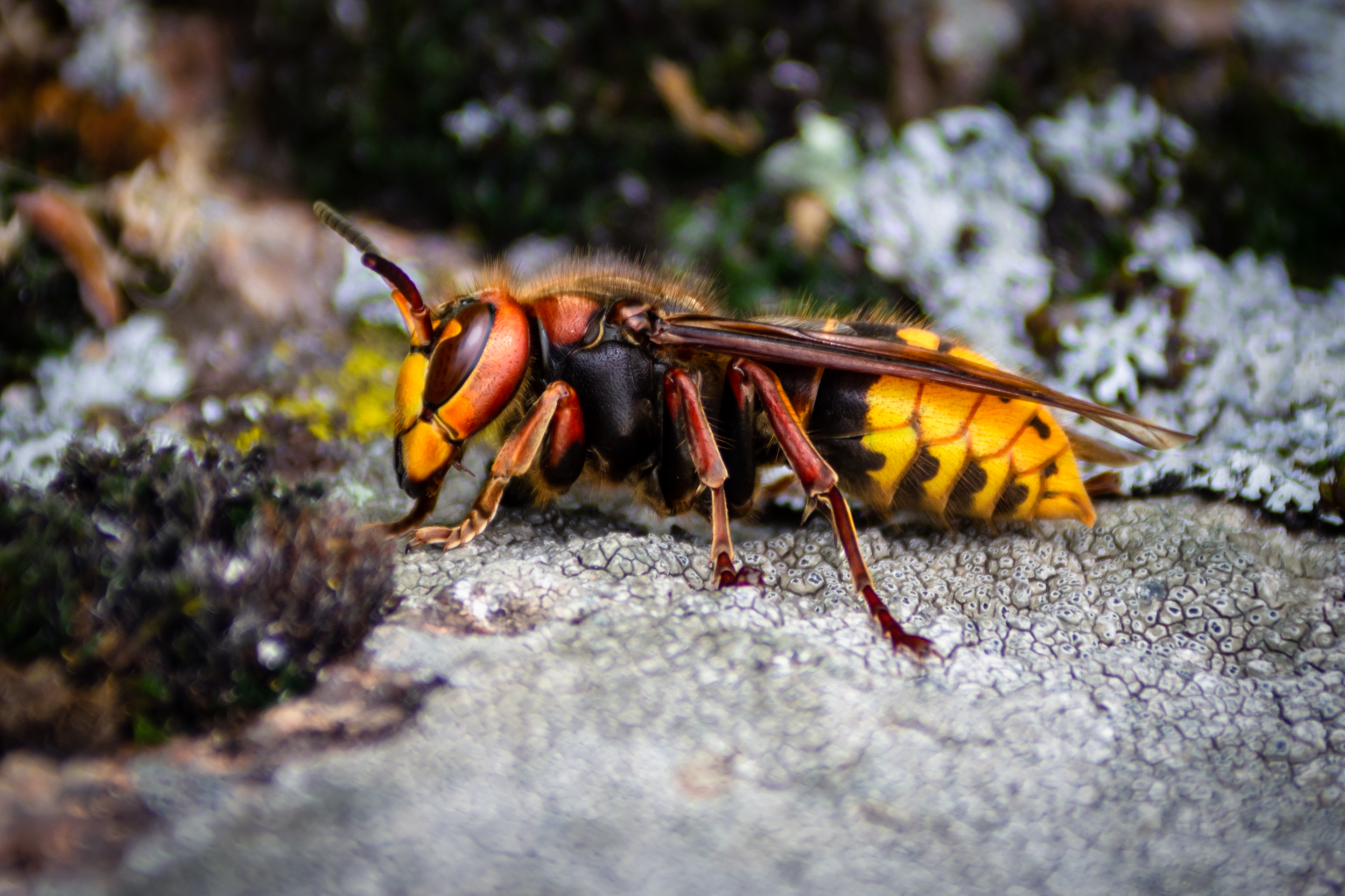
4. Fire Ants
This species of ant has gained infamy for their high levels of aggression and excruciating stings. They have murderous tendencies and will wreak carnage on other ant colonies as well as ending some unlucky small mammals such as rodents and birds that had the misfortune of running into them.
These ants earned their name due to both their reddish color and the fact that their stings are often described as feeling like fire. This fiery feeling comes from the fact that their venom contains a toxin similar to piperidine, which is the compound in pepper that gives it it’s sharp, peppery flavor. This causes an intense itching and burning sensation and, while one sting may be just annoying, multiple stings can leave you nearly incapacitated with pain. Unfortunately, this is often the case as an accidental encounter with a colony can lead to hundreds or thousands of fiery stings.
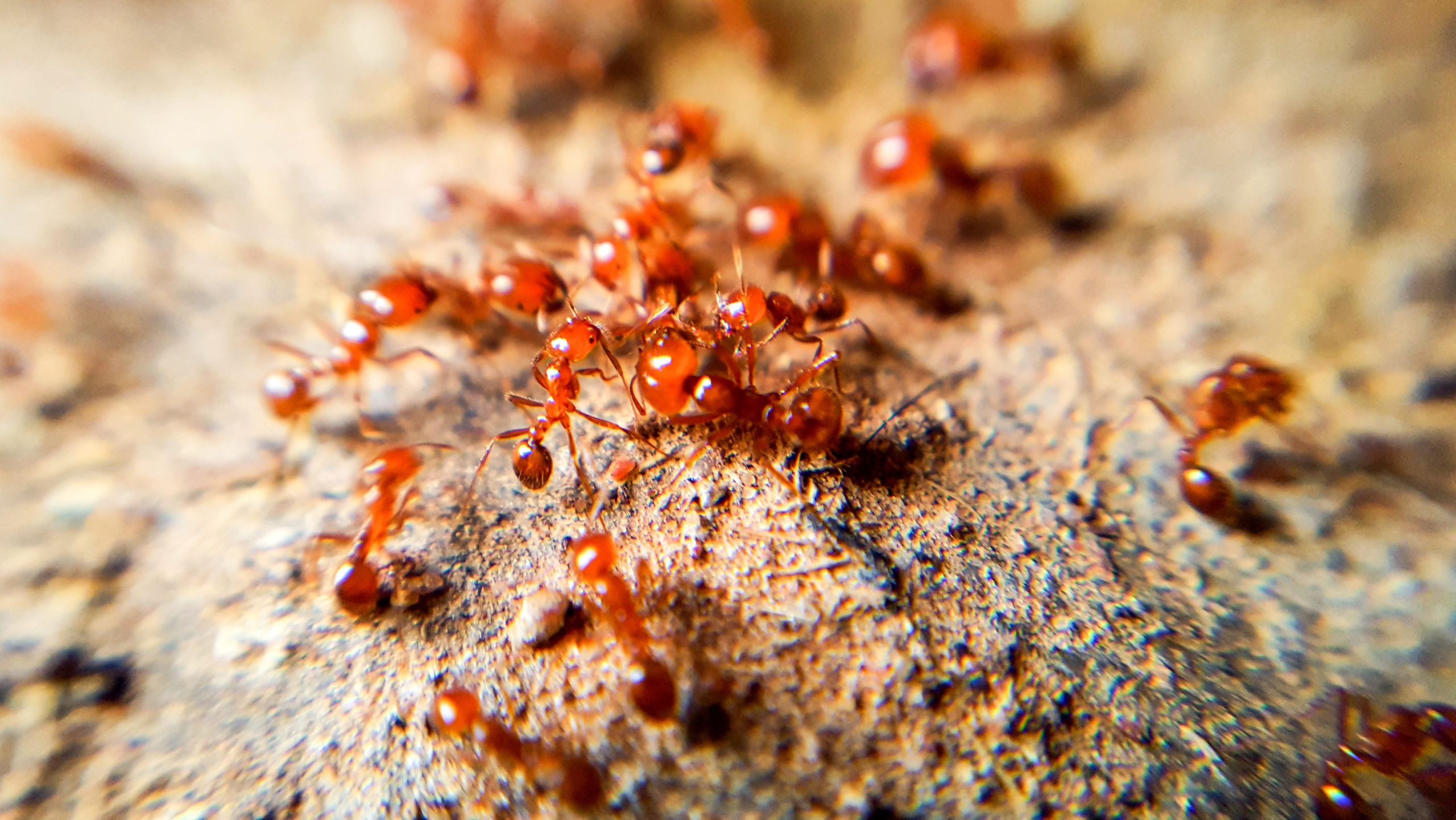
3. Centipedes/Millipedes
While centipedes and millipedes do not actually have 100 and 1000 legs respectively as their names suggest, they still have FAR too many legs for comfort. With all these legs, these insects have a very unnerving way of moving and their long, worm-like bodies alone are enough to make anyone shudder.
Not only are both of these species very unpleasing and, in fact, rather frightening to behold, but some of them even bite! These bites, while not life threatening, can sometimes be excruciating depending on the sub-species you were unlucky enough to encounter.
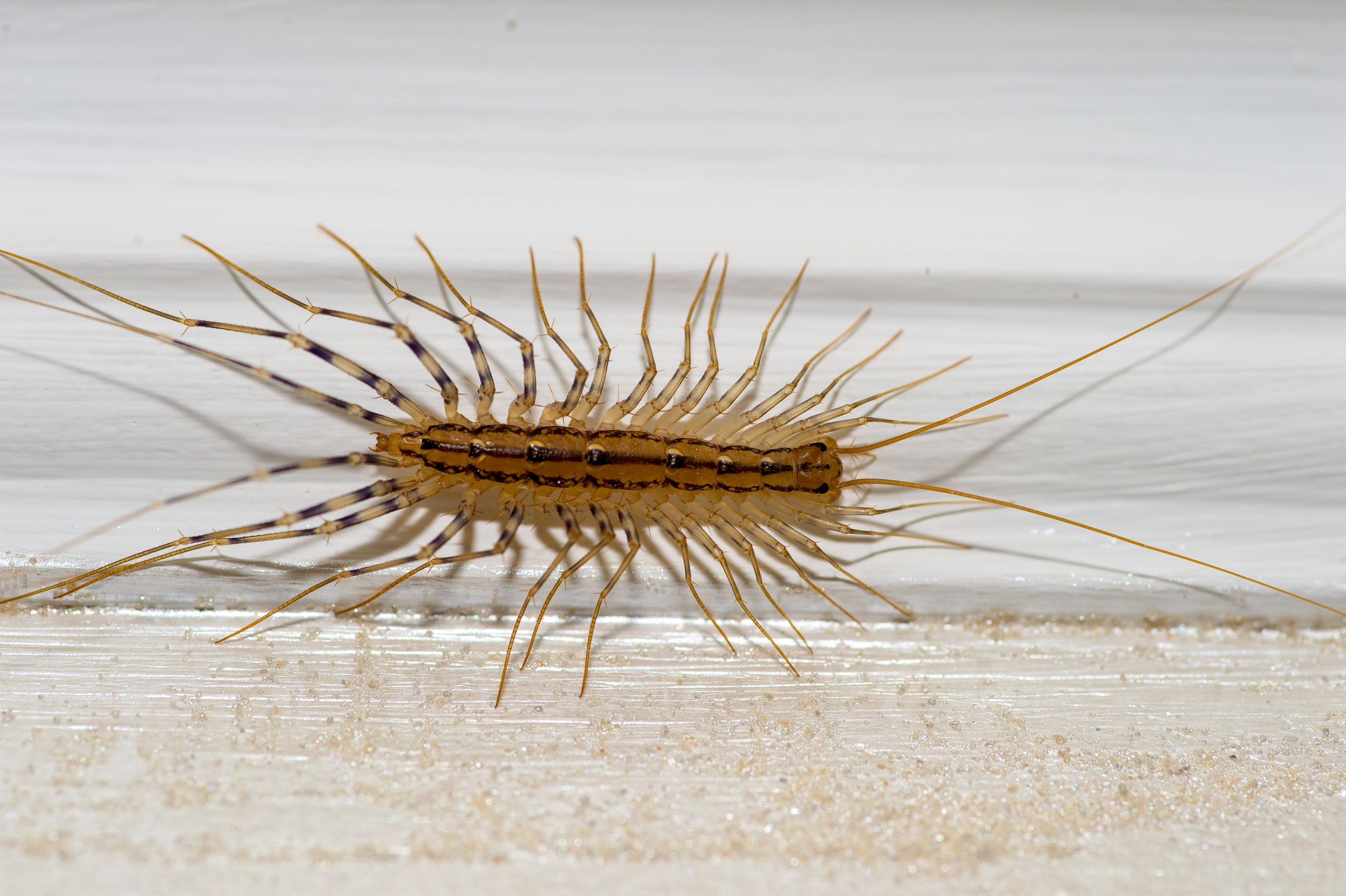
2. Cockroaches
These pests practically epitomize the creepy crawly grime of the Earth. Roaches are found in dark, dank areas and are notoriously filthy. In fact, the mere smell these creatures give off can easily make a person nauseated without even seeing their greasy, twitching, multi-legged bodies.
The fear of cockroaches is known as katsaridaphobia and their large size coupled with their tendency to dart out from their hiding spots unexpectedly makes this phobia more than understandable.
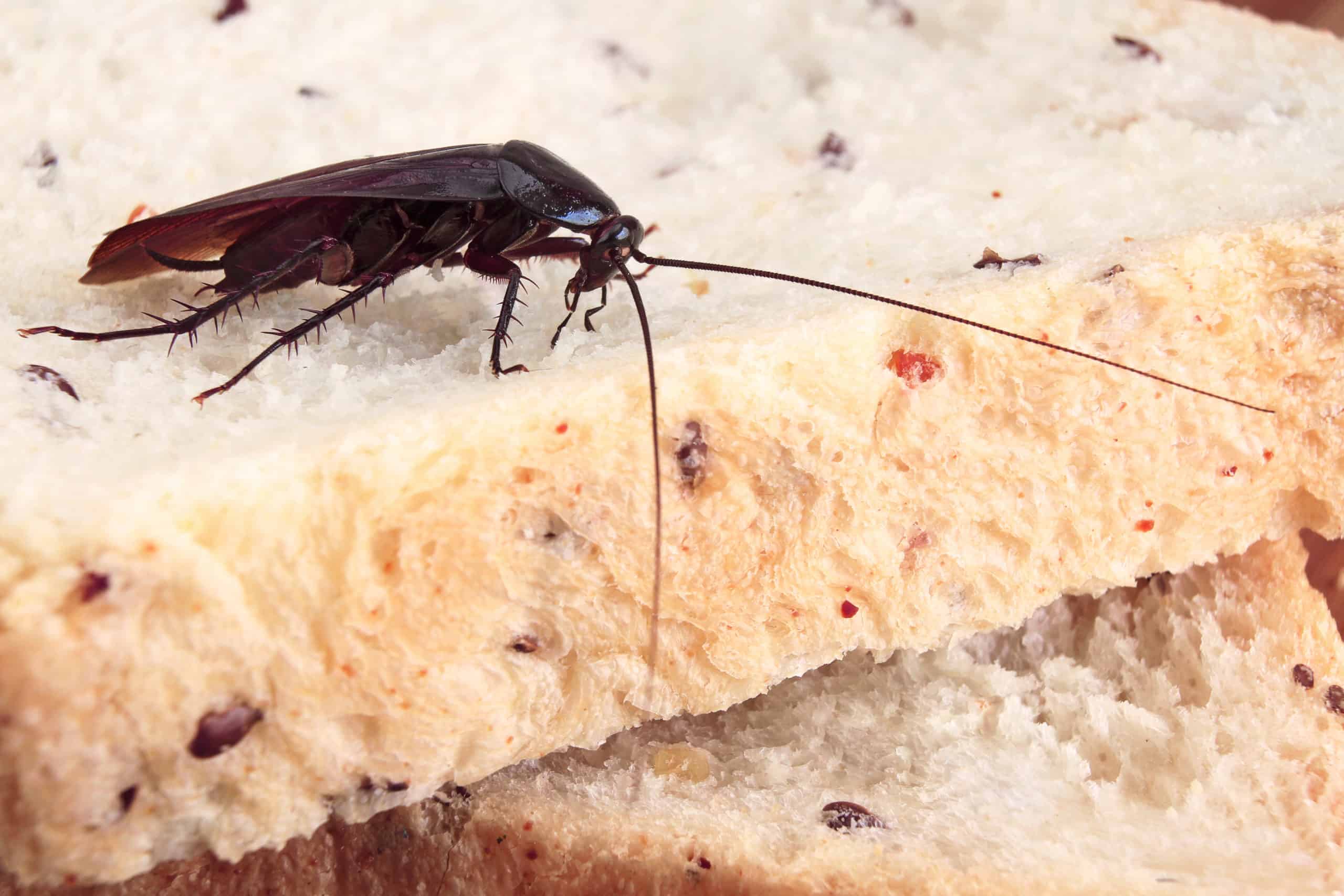
1. Spiders
Arachnophobia is rated as one of the top 5 phobias worldwide, giving spiders the number 1 spot on this list. Their multiple eyes, eight legs, pinchers, and eerie way of moving is disturbing to say the least. In fact, their harrowing appearance and ability to create a spine-chilling response in most people make them the perfect additions to the macabre Halloween season.
Some people argue that these fears are learned as young children by picking up on various cues from our parents and other adults in our lives. There is a lot of merit to this theory and even slews of evidence that witnessing your parent’s fear reaction to a creepy crawly critter may subconsciously instill the same emotion into you. However, this may not be the leading cause behind innate fears of arachnids. In tests done with young children, it was found that the kids tended to have immediate negative reactions to being shown spiders, even without knowing what they were or having seen them before. Meanwhile, the same children were exposed to other creatures including bunnies to which they did not display any fear or disgust. This begs the question… could arachnophobia be an inherited fear?
According to Associate Professor Lim Tit Meng who specializes in phobias and is the Chief Executive of Science Centre Singapore, “scientists have found that mice can pass on learned information about a traumatic experience to subsequent generations. [So] the reason why people suffer from irrational phobias could also have been inherited from the experiences of their ancestors.”
No matter the reason behind the fear, we can all agree that these creepy crawly pests have more than earned their spot on this list.
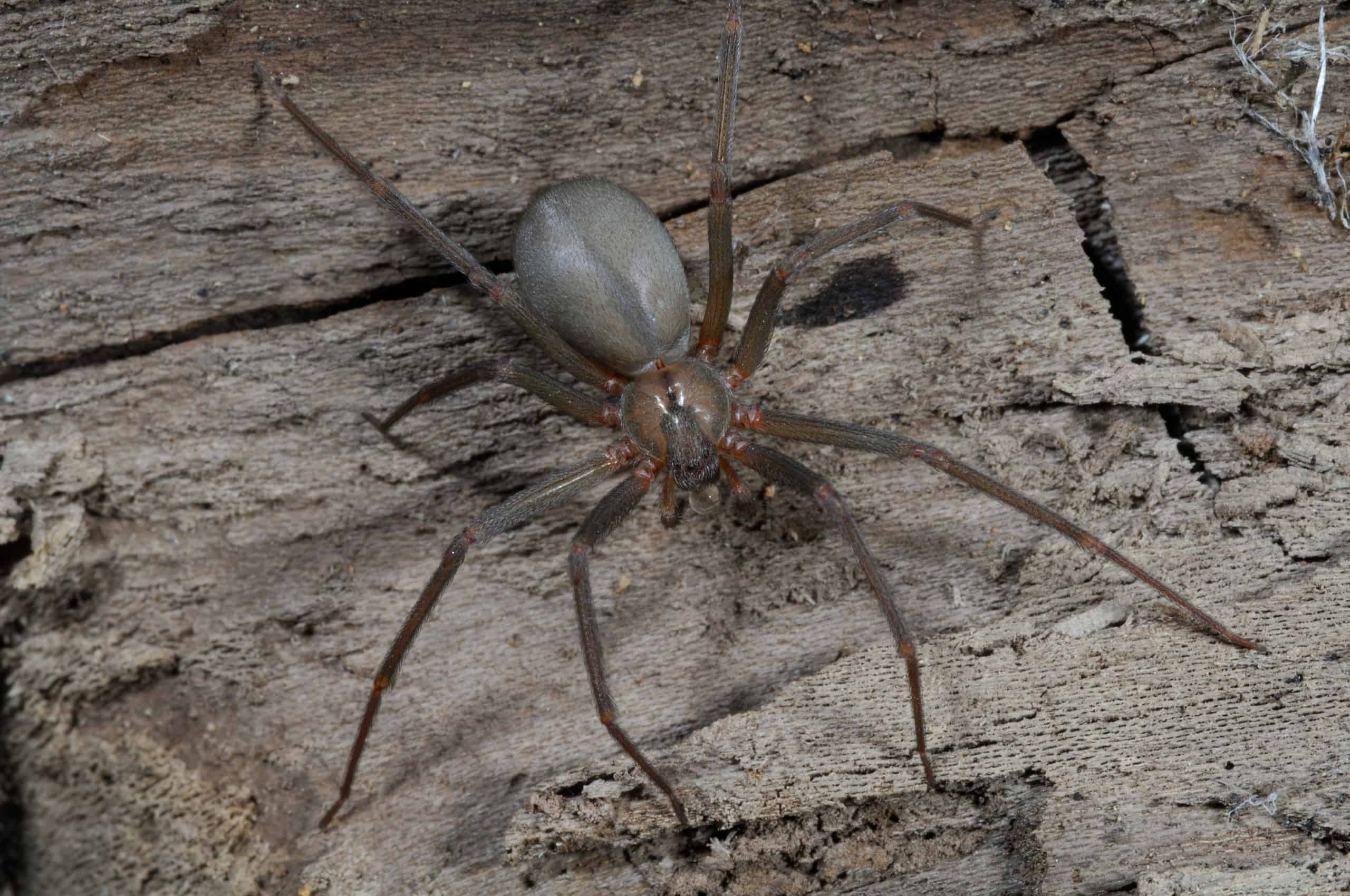
Citations
8 of the Worst Stinging Insects (2017) SciShow. Available at:
https://www.youtube.com/watch?v=3NHJjEFk32c&t=322s (Accessed: May 2020).
Baker, M. (2020) ‘Murder Hornets’ in the U.S.: The Rush to Stop the Asian Giant Hornet, The
New York Times. The New York Times Company. Available at: https://www.nytimes.com/2020/05/02/us/asian-giant-hornet-washington.html (Accessed May 2020).
Barth, Z., Kearns, T. and Wason, E. (2013) Vespa Mandarinia, Animal Diversity Web.
University of Michigan. Available at: https://ainmaldiversity.org/accounts/Vespa_mandarinia/ (Accessed: May 2020).
Cherry, K. (2020) 10 of the Most Common Phobias , Very Well Mind. Available at: https://www.verywellmind.com/most-common-phobias-4136563 (Accessed: July 2020).
Gordon, E. (no date) A Teacher’s Resource Guide to Millipedes & Centipedes, Cornell University. Available at: https://cpb-us-e1.wpmucdn.com/blogs.cornell.edu/dist/7/3643/files/2013/09/Millipedes-CentipedesGuide-2jubwdz.pdf (Accessed: August 2020).
Hadley, D. (2020) Fascinating Facts About Centipedes, ThoughtCo. Available at: https://www.thoughtco.com/fascinating-facts-about-centipedes-1968228 (Accessed: August 2020).
Khim, K. B. (no date) Cockroach phobia: Why do some people have it and others don’t?, CNA Lifestyle. Available at: https://cnalifestyle.channelnewsasia.com/wellness/how-to-kill-cockroach-afraid-phobia-home-pest-control-232556 (Accessed: October 21, 2021).
Lewis, J. G. E. (2007) The Biology of Centipedes. Cambridge University Press. (Accessed: August 2020).
Martin, W. (2020) ‘Murder Hornets’ Spotted in the U.S. Here’s What You Need to Know,
Science Alert. Business Insider. Available at: https://www.sciencealert.com/this-is-a-murder-hornet-and-it-s-currently-taking-over-the-us (Accessed: May 2020).
Rosane, O. (2020) ‘Murder Hornets’ Spotted in the U.S. for the First Time, EcoWatch. Available
at: https://www.ecowatch.com/murder-hornets-honeybees-us-2645912097.html?rebelltitem=2#rebelltitem2(Accessed: May 2020).
Why I’m Scared of Spiders (2014) YouTube. It’s Okay to Be Smart. Available at: https://www.youtube.com/watch?v=5iOdUyXf3aw (Accessed: July 2020).

